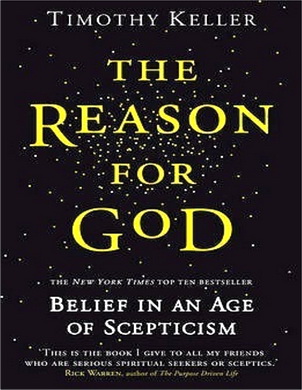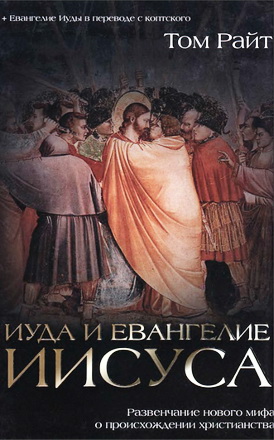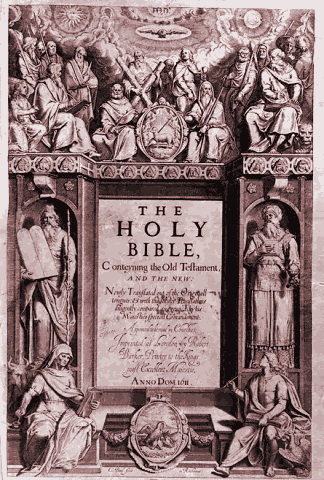
Keller Timothy – The Reason for God

There is a great gulf today between what is popularly known as liberalism and conservatism. Each side demands that you not only disagree with but disdain the other as (at best) crazy or (at worst) evil. This is particularly true when religion is the point at issue. Progressives cry out that fundamentalism is growing rapidly and nonbelief is stigmatized. They point out that politics has turned toward the right, supported by mega-churches and mobilized orthodox believers. Conservatives endlessly denounce what they see as an increasingly skeptical and relativistic society. Major universities, media companies, and elite institutions are heavily secular, they say, and they control the culture.
Which is it? Is skepticism or faith on the ascendancy in the world today? The answer is Yes. The enemies are both right. Skepticism, fear, and anger toward traditional religion are growing in power and influence. But at the same time, robust, orthodox belief in the traditional faiths is growing as well.
The non-churchgoing population in the United States and Europe is steadily increasing. The number of Americans answering “no religious preference” to poll questions has skyrocketed, having doubled or even tripled in the last decade. A century ago most U.S. universities shifted from a formally Christian foundation to an overtly secular one. As a result, those with traditional religious beliefs have little foothold in any of the institutions of cultural power. But even as more and more people identify themselves as having “no religious preference,” certain churches with supposedly obsolete beliefs in an infallible Bible and miracles are growing in the United States and exploding in Africa, Latin America, and Asia. Even in much of Europe, there is some growth in church attendance. And despite the secularism of most universities and colleges, religious faith is growing in some corners of academia. It is estimated that 10 to 25 percent of all the teachers and professors of philosophy in the country are orthodox Christians, up from less than 1 percent just thirty years ago. Prominent academic Stanley Fish may have had an eye on that trend when he reported, “When Jacques Derrida died [in November 2004] I was called by a reporter who wanted to know what would succeed high theory and the triumvirate of race, gender, and class as the center of intellectual energy in the academy. I answered like a shot: religion.”
In short, the world is polarizing over religion. It is getting both more religious and less religious at the same time. There was once a confident belief that secular European countries were the harbingers for the rest of the world. Religion, it was thought, would thin out from its more robust, supernaturalist forms or die out altogether. But the theory that technological advancement brings inevitable secularization is now being scrapped or radically rethought.7 Even Europe may not face a secular future, with Christianity growing modestly and Islam growing exponentially.
Timothy Keller – The Reason for God – Belief in Age of Skepticism
New York: Penguin Books, 2008. – 297 p.
ISBN: 978-1-1012-1765-8
Timothy Keller – The Reason for God – Contents
Introduction
PART 1: THE LEAP OF DOUBT
- ONE There Can’t Be Just One True Religion
- TWO How Could a Good God Allow Suffering?
- THREE Christianity Is a Straitjacket
- FOUR The Church Is Responsible for So Much Injustice
- FIVE How Can a Loving God Send People to Hell?
- SIX Science Has Disproved Christianity
- SEVEN You Can’t Take the Bible Literally
[Intermission 115]
PART 2: THE REASONS FOR FAITH
- EIGHT The Clues of God
- NINE The Knowledge of God
- TEN The Problem of Sin
- ELEVEN Religion and the Gospel
- TWELVE The (True) Story of the Cross
- THIRTEEN The Reality of the Resurrection
- FOURTEEN The Dance of God
Epilogue: Where Do We Go from Here?
Acknowledgments
Notes
Index
About the Author




Комментарии
Пока нет комментариев. Будьте первым!